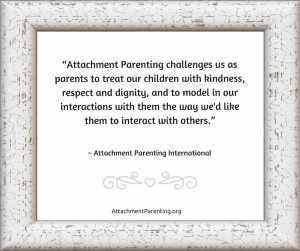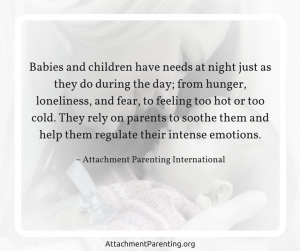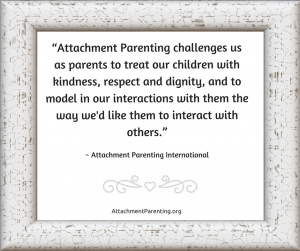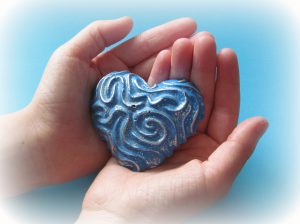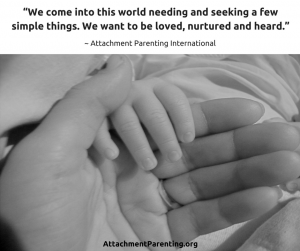How important is it that we give our infants and children intentional presence?
The third of API’s Eight Principles of Parenting — respond with sensitivity — is one of two common threads that run through all 8 principles. The other is to provide consistent and loving care.
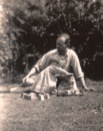 Research that began with the late psychologist John Bowlby’s Attachment Theory back in the 1950s has shown the critical need for consistently loving, sensitive responsiveness to develop a secure parent-child attachment — that component that forms the foundation of how our babies and toddlers go on to relate to others…in all relationships…through the rest of their lives.
Research that began with the late psychologist John Bowlby’s Attachment Theory back in the 1950s has shown the critical need for consistently loving, sensitive responsiveness to develop a secure parent-child attachment — that component that forms the foundation of how our babies and toddlers go on to relate to others…in all relationships…through the rest of their lives.
“That initial responsiveness, that interaction between the father and baby, are keys to the baby’s success as a child and an adult.” ~ Richard Cohen, PhD, director of Project ABC at the Children’s Institute
So, yeah, it’s important.
Picture Alternatives has partnered with the Children Institute in Los Angeles, California, USA, in replicating the famous Still Face Experiment developed in 1975 by Ed Tronick, PhD, of the University of Massachusetts’s Infant-Parent Mental Health program in Boston, Massachusetts, USA.
A new video shows the first-ever application of the experiment on fathers and their babies — clearly showing that infants need sensitive responsiveness from all caregivers:
Just as important as consistently responding with sensitivity is relationship repair as needed:
“The infant can overcome it. After all, when you stop the still face, the baby starts to play again. …When you don’t give the child any chance to get back to the good, there’s no reparation and they’re stuck in that really ugly situation.” ~ Ed Tronick, PhD, featured in a 2009 Zero to Three film.
No parent is perfect, and there will be situations that arise that take our attention away from our children. Life happens, and sometimes we may be less responsive than we wished, but it’s OK. Babies and children can recover quickly when their caregiver works to repair the relationship when needed.
In short: How you respond to your child’s expressed needs when you make a mistake makes a big difference in what they’re learning about with the give and take, and repair, of relationships.

